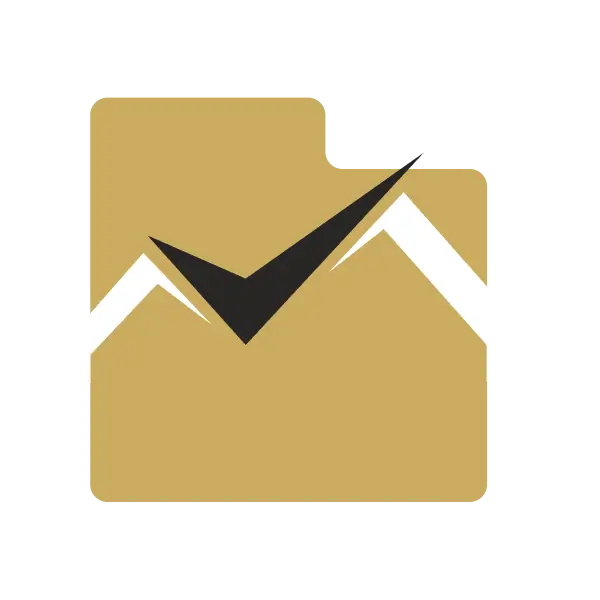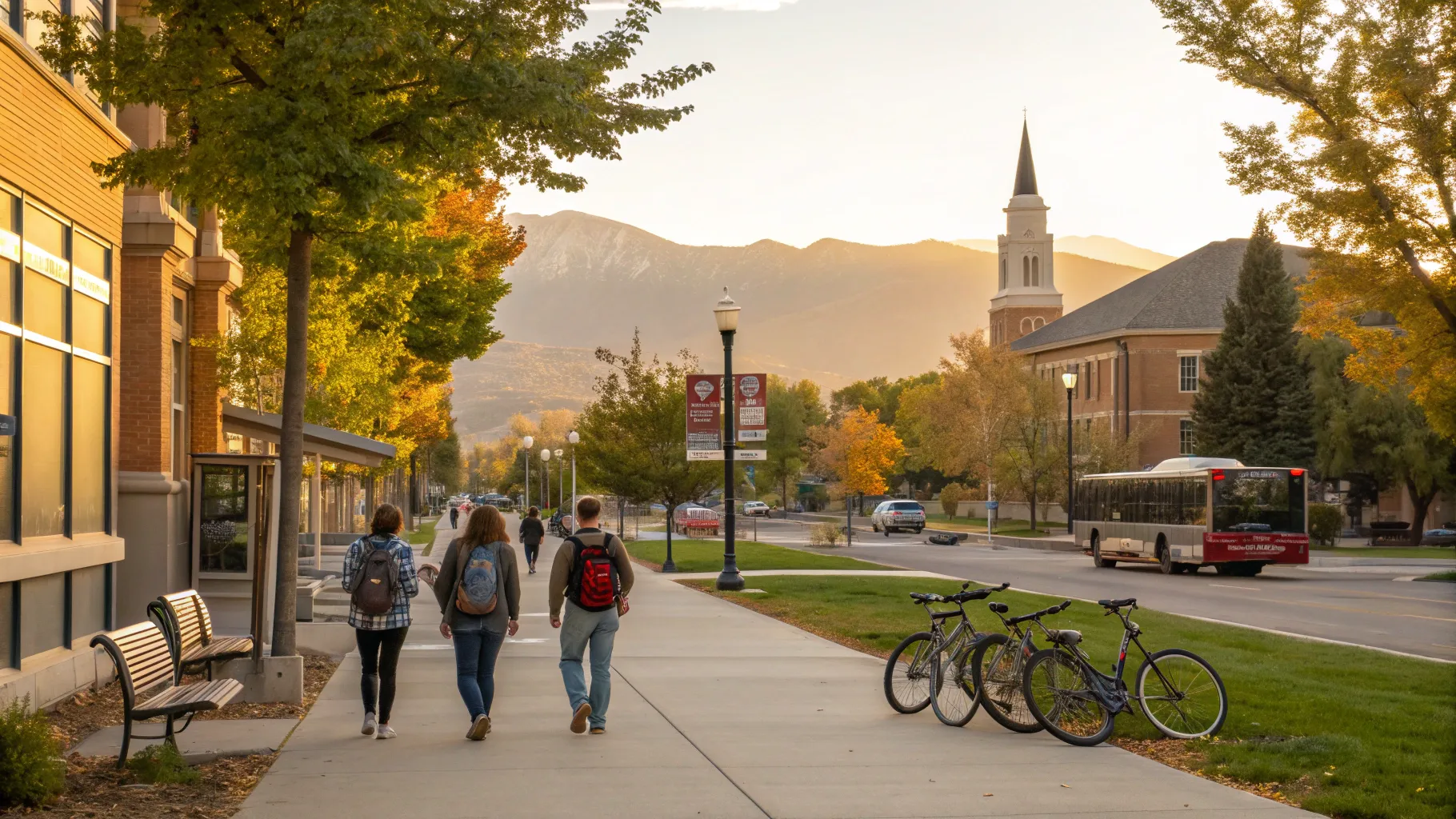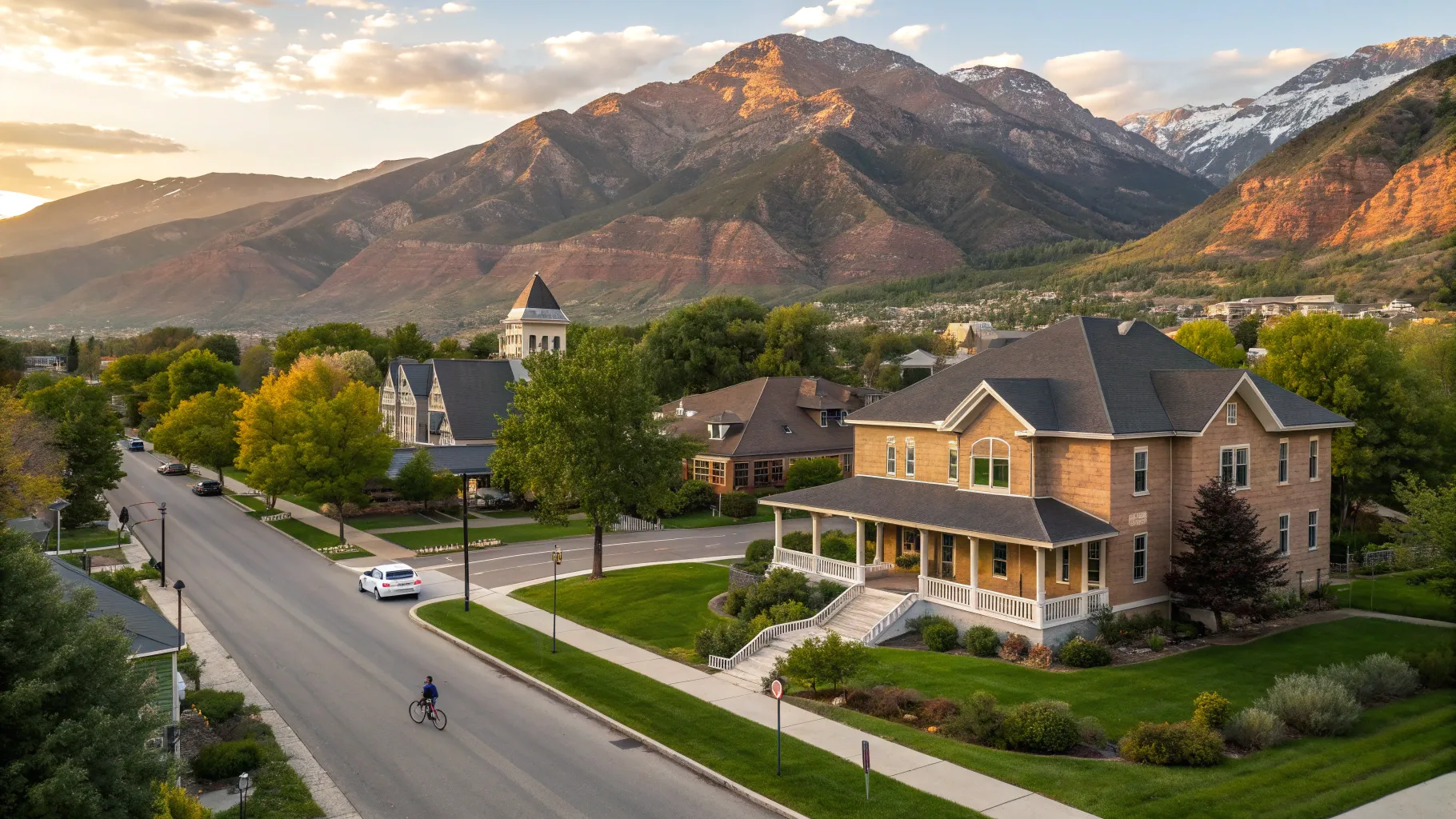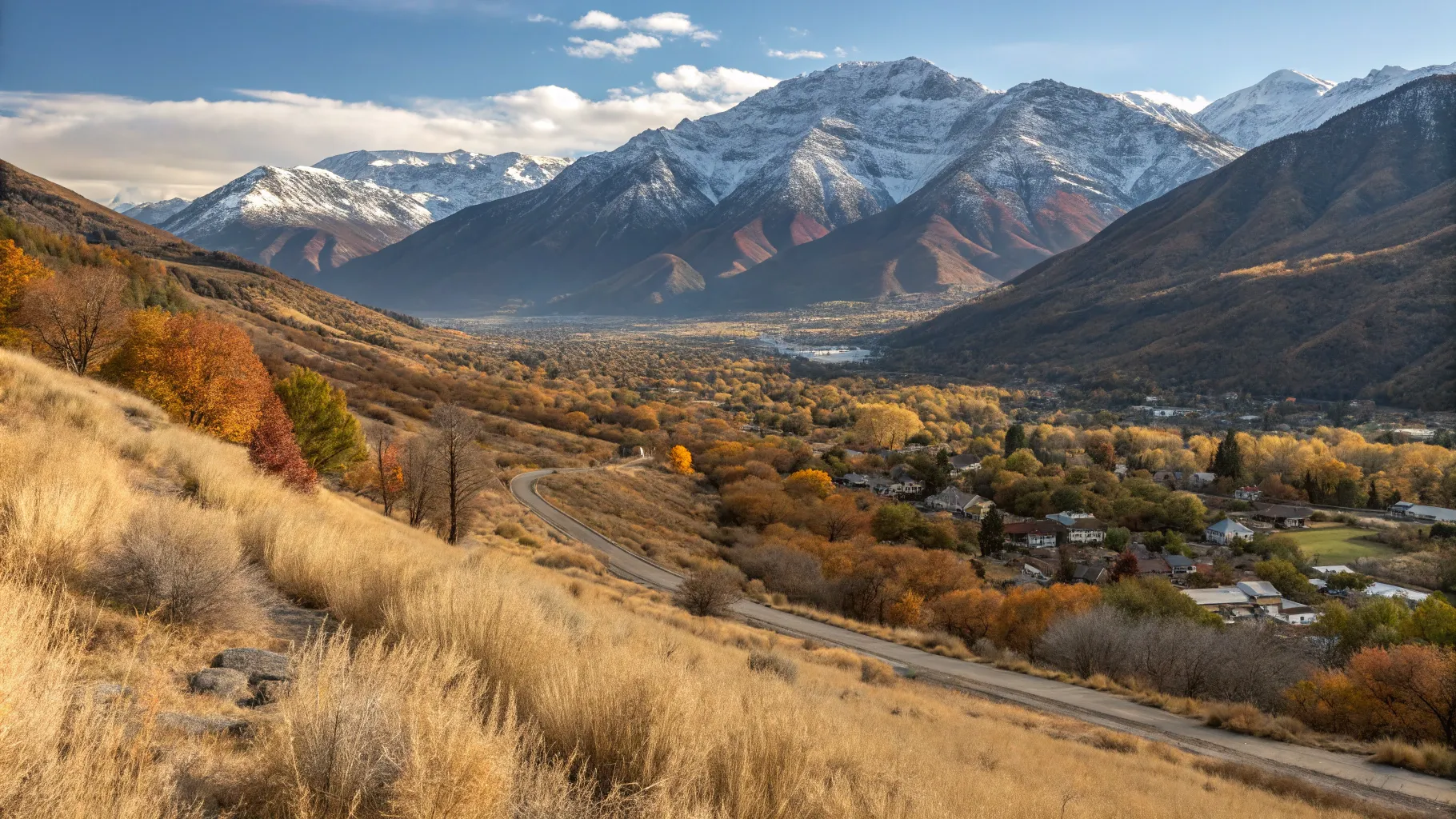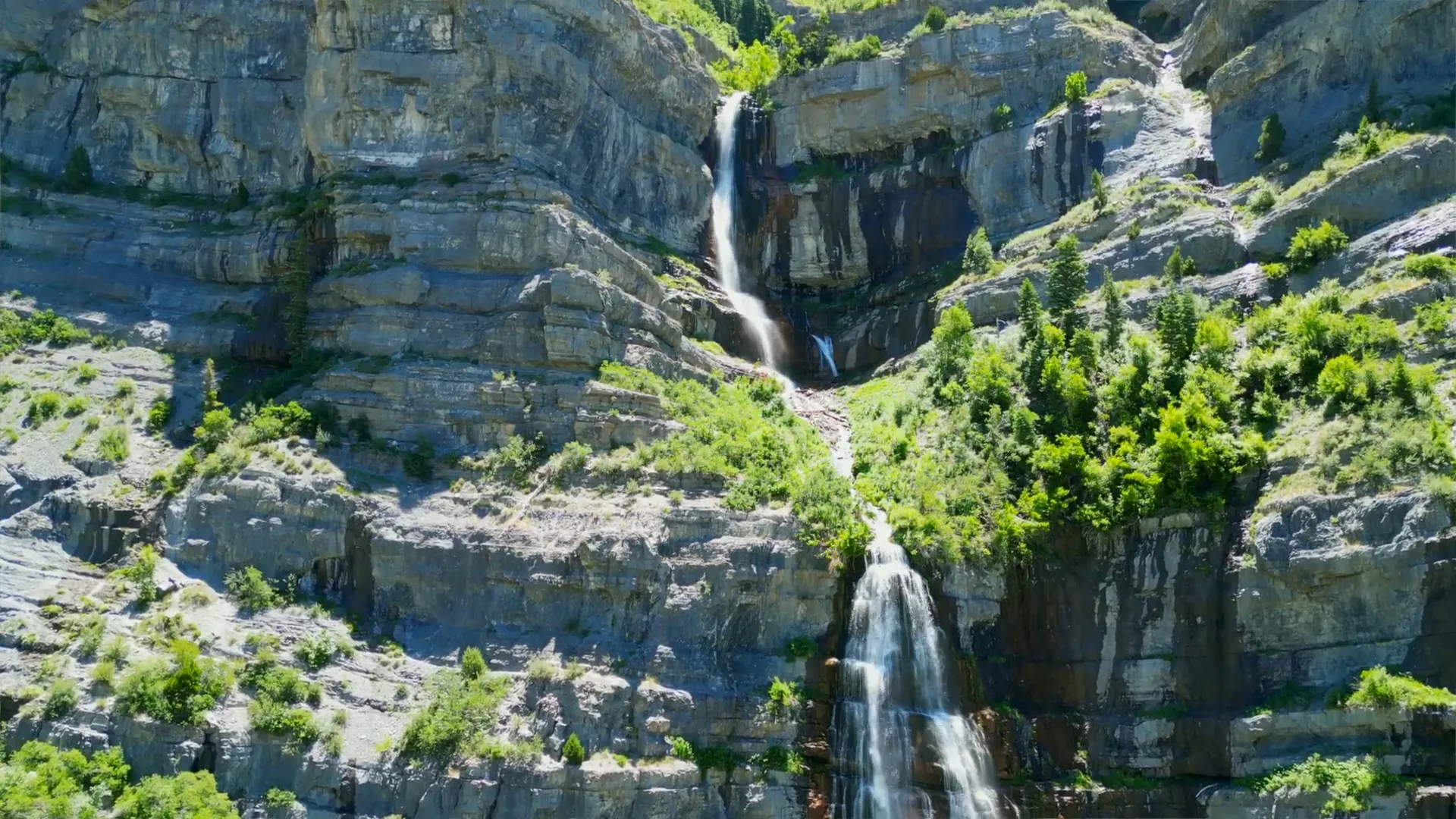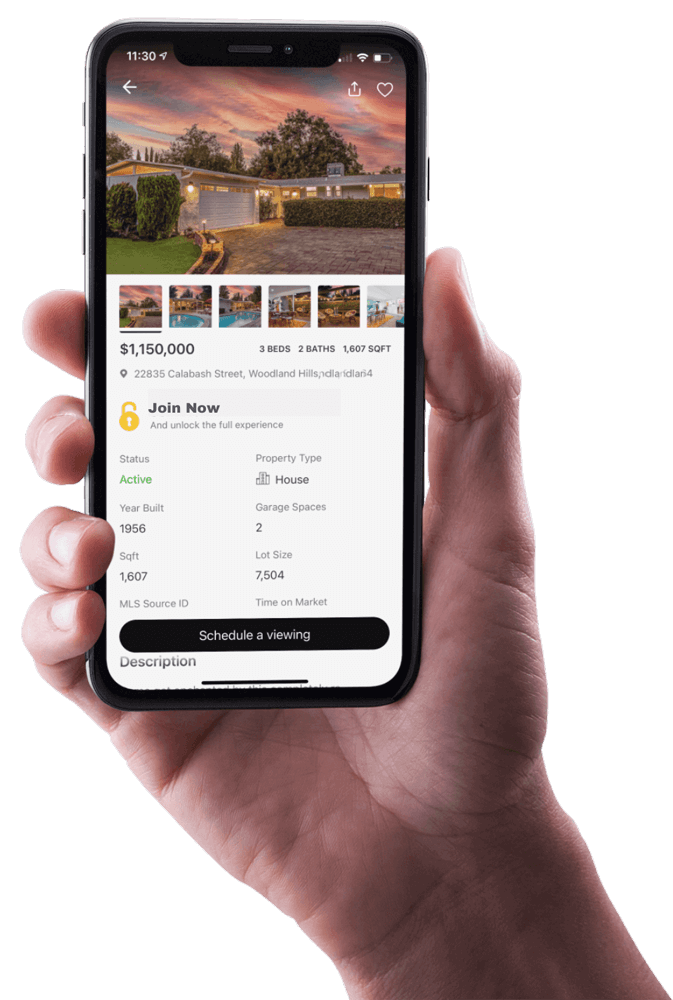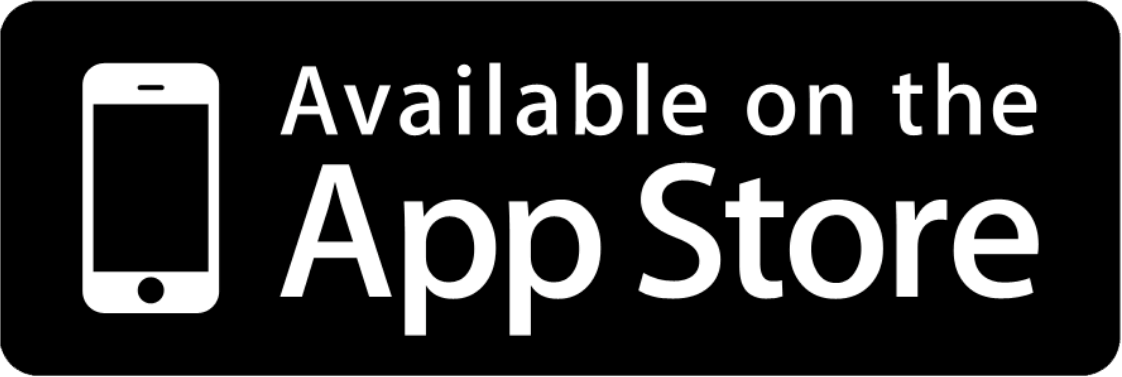The ULTIMATE Guide to Relocating to PROVO UTAH in 2025!!
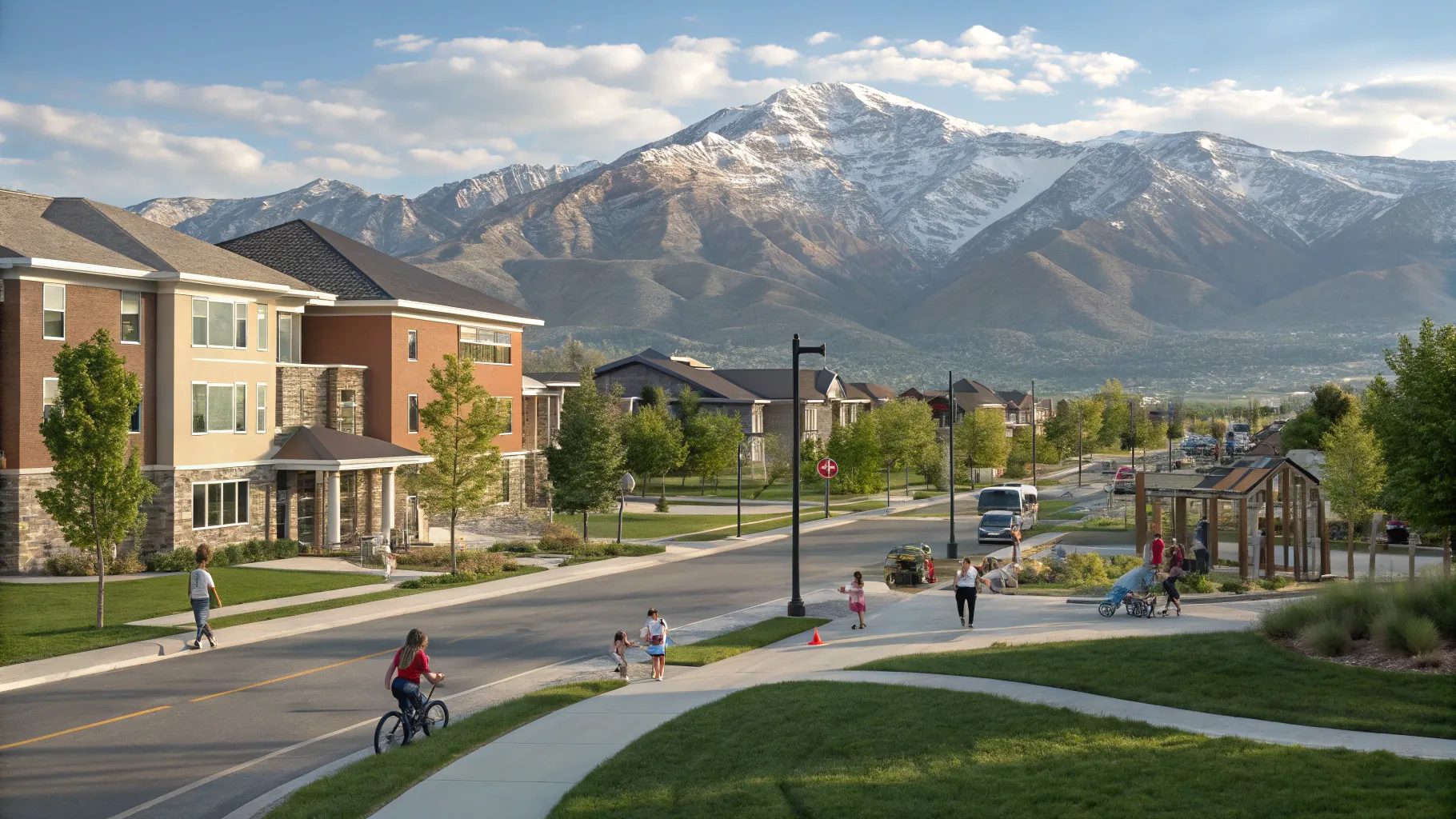
Utah County and Provo offer a compelling mix of outdoor access, growing tech and education sectors, family-oriented communities, and four distinct seasons. This guide synthesizes neighborhood breakdowns, commute realities, housing and cost-of-living context, school-district information, lifestyle amenities, and practical pros and cons for anyone considering a move to Provo or nearby Utah County cities in 2025.
Quick Regional Overview
Provo sits roughly 50 miles south of Salt Lake City along the Wasatch Front, the narrow, populous corridor that runs north–south along Utah’s mountains. The Wasatch Front is the state's population center, with most communities clustered within a strip rarely wider than 20 miles. Another notable population hub is St. George in southern Utah, but this guide focuses on Provo and surrounding Utah County cities.
Cities, Sizes, and Commute Times
Utah County is a patchwork of established and fast-growing cities. Provo (approx. 106,000) and Orem (a similar-sized sister city) anchor the county. Notable nearby cities include:
- Lehi — rapid growth (roughly 90,000), home to major tech concentrations known as Silicon Slopes.
- Saratoga Springs & Eagle Mountain — planned, newer communities along Utah Lake’s west shore; combined population approaches 100,000.
- Spanish Fork — ~40,000; often more affordable, south of Provo.
- Springville — ~30,000; close to Provo with quick commutes.
- Mapleton, Salem, Payson, American Fork — smaller communities offering a range of price points and lifestyles.
Typical commute times to Provo vary by origin: Saratoga Springs ~40 minutes, Eagle Mountain ~45–50 minutes, Lehi ~30 minutes, Highland/Alpine ~40–45 minutes, Springville ~5–7 minutes, Spanish Fork ~10 minutes, and Payson/Salem roughly 25–30 minutes. Interstate 15 is the county’s main north–south corridor; additional connectors like Pioneer Crossing and local arterials help access newer west-side developments.
Neighborhoods & Housing Types in Provo
Provo divides the city into neighborhood districts that help clarify where particular housing types and price points cluster. Key patterns include:
- West-of-I-15 neighborhoods (Lakewood, Sunset, Provo Bay) generally offer more affordable housing and new townhome developments, and are near the growing Provo Airport.
- Downtown and University neighborhoods (near BYU) contain older homes, student housing, redevelopment into mid/high-rise apartments, and walkable amenities.
- Benched and foothill neighborhoods (Oak Hills, Wasatch/Tree Streets, Rock Canyon, Sherwood Hills) feature higher-priced homes and spectacular valley views. River-bottom and riverside areas include large estates and multimillion-dollar properties.
- Southeast Provo (Provo South, Spring Creek) has a mix of rentals, fourplexes, and older single-family homes built mid-20th century; some properties can command unexpectedly high prices due to location and lot size.
Housing Market & Cost of Living
Housing is the primary driver of cost-of-living differences in Utah County. While some sources may list median home values lower than current market reality, the general trend is clear: inventory has improved in many segments, but prices remain elevated and continue appreciating across much of the county. Areas closer to Provo, Orem, and Lehi typically cost more than southern and newer suburban developments.
Explore Utah Real Estate
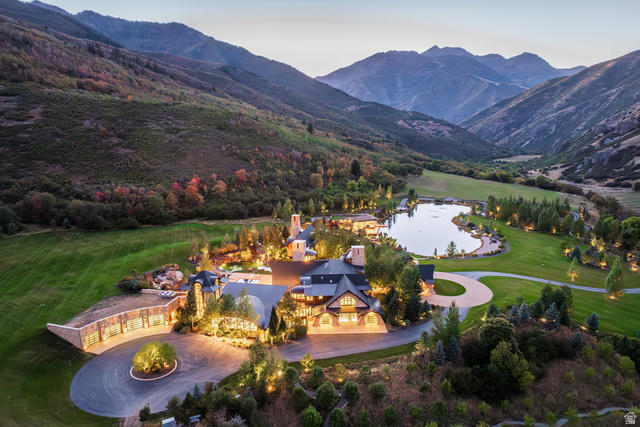
5618 E SOUTH FORK RD, Provo, UT
$43,000,000
Bedrooms: 6 Bathrooms: 10 Square feet: 22,958 sqft
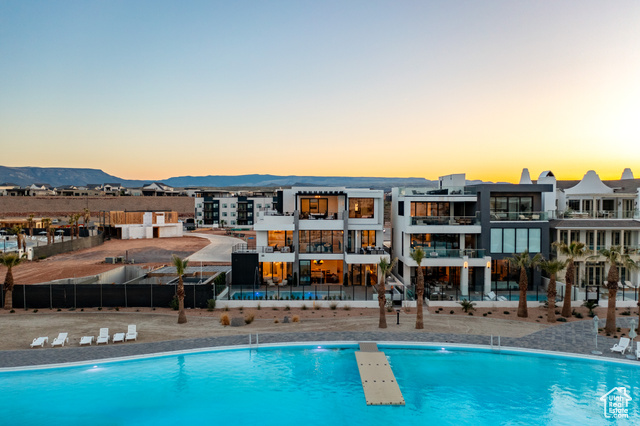
864 W SAPPHIRE SKY LN #546, St George, UT
$4,300,000
Bedrooms: 7 Bathrooms: 9 Square feet: 5,136 sqft

La Casa Cir, St George, UT
$575,500
Square feet: 14,391 sqft
Third-party cost comparisons can help put local costs in perspective. For example, a cost-of-living comparison versus several West Coast cities shows Provo-Orem often ranks significantly lower than markets such as Seattle, Los Angeles, or the Bay Area mainly because housing and transportation costs tend to be lower.
When researching exact numbers, reputable resources include BestPlaces (bestplaces.net) and the Forbes cost-of-living calculator; for demographic and economic data, consult Census data at census.gov.
School Districts and Education
Public education in Utah County is organized primarily across three districts:
- Alpine School District — services northern and western communities (including American Fork, Lehi, Highland, Alpine, Saratoga Springs and Eagle Mountain). Due to its size (tens of thousands of students), a planned split into separate districts is expected to be completed by 2027.
- Nebo School District — covers the southern portion of the county (Springville, Mapleton, Spanish Fork, Salem, Payson, Santaquin).
- Provo City School District — operates schools within Provo city limits, including two high schools.
Charter and private school options are widely available across Utah County. For school-level performance and reviews, publicschoolreview.com and state education portals offer school-by-school data. Local community groups and school Facebook pages can also provide practical, on-the-ground perspectives from families and residents.
Jobs, Economy & Major Employers
Utah County’s modern economy is diverse: a growing tech sector clustered in Silicon Slopes (Lehi and northern Utah County), established healthcare systems (Intermountain Healthcare, MountainStar), and large education employers (Brigham Young University in Provo and Utah Valley University nearby). These sectors support both local employment and remote/hybrid work trends common across the region.
More Properties You Might Like
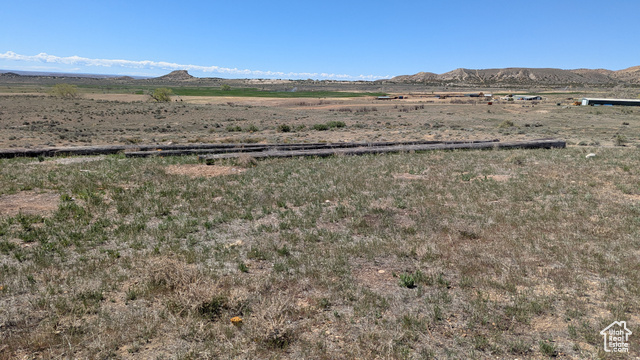
2098 E GOOSE RANCH RD, Vernal, UT
$103,000
Square feet: 274,864 sqft
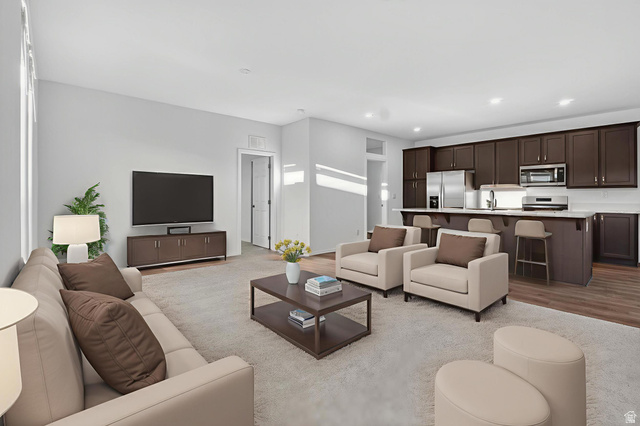
1700 W 2700 N #36, Pleasant View, UT
$230,000
Bedrooms: 4 Bathrooms: 2 Square feet: 2,100 sqft
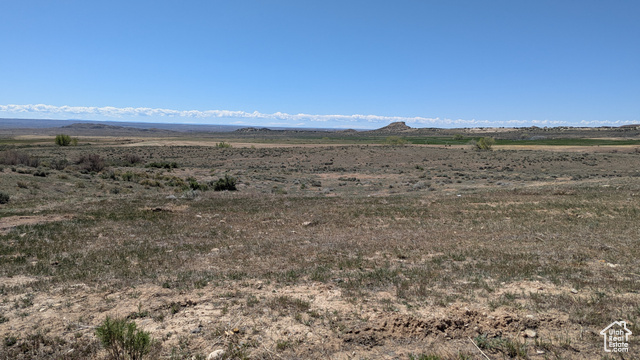
2148 E GOOSE RANCH RD, Vernal, UT
$116,000
Square feet: 309,276 sqft
Lifestyle, Recreation & Things to Do
Outdoor lifestyle is a central draw. Provo and Utah County provide easy access to:
- Lakes and reservoirs — Utah Lake for boating and family water activities; Deer Creek and Strawberry Reservoir for trout and kokanee fishing; Jordanelle and other high-country reservoirs nearby for boating and water recreation.
- Hiking and mountain biking — Provo Canyon, Rock Canyon, the Y Trail above BYU, Bonneville Shoreline Trail, Corner Canyon (Lehi), and numerous foothill trails.
- Skiing and resort activities — Sundance Ski Resort is in Provo Canyon with year-round recreation (skiing, summer lift rides, mountain biking, and arts events). Park City and Salt Lake resorts are a reasonable drive for additional terrain.
- Fall drives and scenic canyons — Nebo Loop, Spanish Fork Canyon, Hobble Creek Canyon, Provo Canyon, and the Alpine Loop offer outstanding fall colors and waterfall hikes (Bridal Veil and Stewart Falls among favorites).
- Family and cultural amenities — Thanksgiving Point (museums, gardens, seasonal events), revitalized downtown Provo dining and entertainment districts, collegiate sports at BYU, and easy access to major arts institutions and professional sports in the Salt Lake area.
Climate & Seasons
Provo experiences four distinct seasons. Fall offers vivid aspen and maple colors in the canyons; winters deliver the “Greatest Snow on Earth” ideal for skiing (though valley snowfall varies year to year and inversions can affect air quality); springs are variable; summers commonly reach high 80s to mid-90s, with occasional 100+ degree days in extreme years. Daytime winter temperatures often promote melting on roads, improving drivability compared with some colder, icier climates.
Pros and Cons of Moving to Provo / Utah County
Pros:
- Strong job market with growing tech and healthcare sectors.
- Excellent outdoor recreation and proximity to national parks and ski resorts.
- Family-oriented communities and strong educational institutions.
- Comparatively affordable relative to many West Coast and Mountain West metro areas.
Cons:
- Rising housing costs and continued appreciation in many neighborhoods.
- Air quality challenges: wildfire smoke in summer and winter inversion events that trap pollutants in the valley.
- Car-centric transportation culture in many parts of the county; public transit is improving but not yet comprehensive.
- Local culture leans conservative; newcomers should assess cultural fit.
Practical Tips for Relocating
- Define priorities: commute tolerance, school preferences, lot size, and proximity to outdoor access will sharply narrow neighborhood choices.
- Compare realistic salary-to-cost tradeoffs using cost-of-living calculators (Forbes, BestPlaces) and local market data for housing.
- Engage neighborhood-level resources: school reviews, community Facebook groups, and local planning documents provide insight beyond raw metrics.
- Plan for air-quality events if sensitive to smoke or inversions; check local advisories and consider air filtration options for the home.
- Leverage local property-search resources and professional expertise when ready to shop—inventory and pricing can vary substantially by neighborhood and housing type.
For more Utah real estate listings and to begin a property search specific to Provo and surrounding cities, see: https://bestutahrealestate.com/provo
Authoritative Resources
- U.S. Census Bureau: https://www.census.gov
- Utah state resources: https://www.utah.gov
Frequently Asked Questions
Is Provo a good place to live?
Provo suits people who value mountain and lake access, a family-focused environment, and proximity to growing tech and education employers. It is particularly attractive for outdoor enthusiasts and families seeking a community with strong schools and collegiate culture. Cultural fit and tolerance for seasonal air-quality issues should be considered.
How expensive is living in Provo compared with other cities?
Housing is the primary cost driver. Compared with major West Coast cities like Seattle or Los Angeles, the Provo area tends to be significantly more affordable overall—particularly for housing and transportation—although costs remain higher than national averages in many neighborhoods. Cost-of-living calculators and local market reports can help quantify specific household needs.
Which neighborhoods are best for families vs. young professionals?
Families often prefer suburban communities with good schools and larger lots—Mapleton, Spanish Fork, parts of Lehi, and newer developments in Saratoga Springs and Eagle Mountain are common choices. Young professionals often seek downtown Provo, the BYU-adjacent neighborhoods, or newer, transit-accessible developments near Lehi and American Fork for a mix of convenience and nightlife.
How are the schools in Utah County?
Public education quality varies by district and school, but Alpine and Nebo School Districts both serve large student populations and generally perform well on state measures. Provo City School District operates independently with neighborhood schools and two high schools. Parents should consult school-specific data on publicschoolreview.com and visit schools or community forums for firsthand perspectives.
Is public transportation a viable alternative to driving?
Public transit is growing (FrontRunner commuter rail runs to Provo, local UTA bus service serves major corridors), but many residents still rely on cars for daily travel. Transit usefulness depends on exact neighborhood and commute route; planned rail extensions and corridor investments may improve options in coming years.
